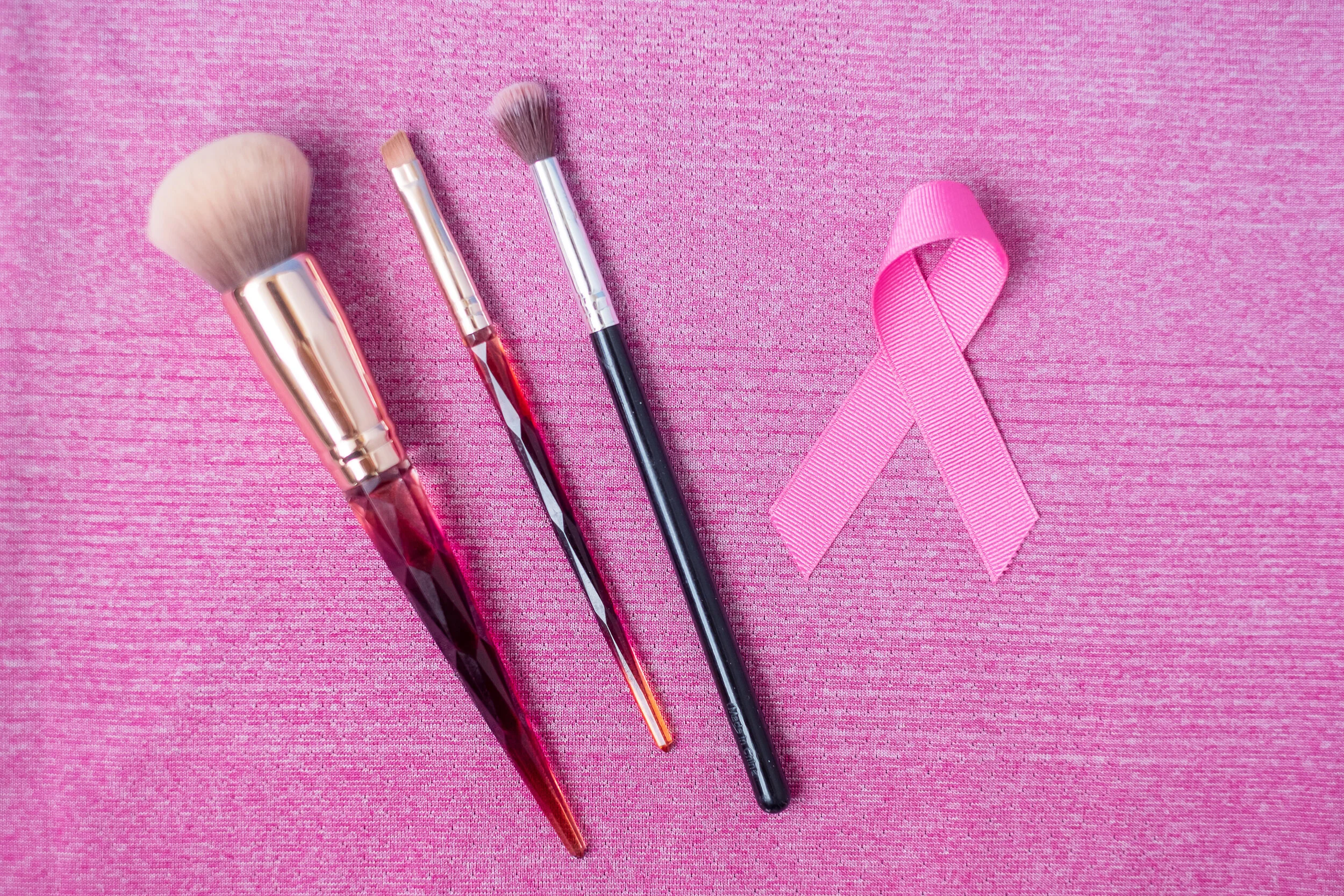Can Cosmetic Products Really Be Held Responsible For Some Types Of Cancer?
Can Cosmetic Products Really Be Held Responsible For Some Types Of Cancer?
Cosmetics And Cancer- Exploring The Connection
How Can You Avoid Carcinogens In Cosmetics?
Read labels and avoid cosmetics and personal care products containing formaldehyde and formaldehyde-releasing preservatives, phenacetin, coal tar, benzene, untreated or mildly treated mineral oils, ethylene oxide, chromium, cadmium, and its compounds, arsenic, and crystalline silica or quartz.
While the chemicals in cosmetics make us look, feel, and smell better, research strongly suggests that at certain exposure levels, some of these chemicals may contribute to the development of cancer in people. But because personal care products contain a diverse combination of chemicals, it's nearly impossible to show a definite cause and effect for any specific chemical on its own.
Many Of These Chemicals Are Considered Hormone Disruptors
Still, many of these chemicals are considered hormone disruptors. Hormone disruptors can affect how estrogen and other hormones act in the body, by blocking them or mimicking them, which throws off the body's hormonal balance. Because estrogen can make hormone-receptor-positive breast cancer develop and grow, many women choose to limit their exposure to these chemicals that can act like estrogen.
There have been numerous controversies surrounding cosmetic products and increased cancer risk. Such controversies include associations between parabens and breast cancer, hair dyes and hematologic malignancies, and talc powders and ovarian cancer. Despite the prominent media coverage and numerous scientific investigations, the majority of these associations currently lack conclusive evidence.
What Can You Do To Minimize The Risk?
While cosmetics and personal care products are made up of a number of ingredients, there are two groups of chemicals that are being studied for links to breast cancer.
Parabens are chemicals commonly used as preservatives in many cosmetic products, including makeup, moisturizers, hair care products, and shaving creams/gels. Parabens can penetrate the skin and act like a very weak estrogen in the body- potentially turning on the growth of hormone-receptor-positive breast cancers. Parabens have been found in breast tissue and breast cancers, but this really doesn't mean much. Parabens have been found in many other tissues because of their wide use.
Phthalates are commonly used to hold color and reduce brittleness in nail polish and hairspray. They're also a component of much personal care and cleaning product fragrances. Phthalates are hormone disruptors. Phthalates don't act exactly like estrogen, but they can disrupt the balance of other hormones that interact with estrogen, including testosterone.
Because human studies of the long-term effects of most cosmetics don’t exist, there is little evidence to suggest that using cosmetics, or being exposed to the ingredients in cosmetics during normal use of these products, increases cancer risk. Still, because there are no long-term studies, little is known about the health effects of long-term exposure to many ingredients in cosmetics. This means that we cannot claim that these products will not cause health problems in some people.
How Are Cosmetics Regulated By Law?
In the United States, both cosmetics and drugs are regulated by the FDA. For drugs, the FDA requires that new products be shown to be safe and effective before they are allowed to be sold. This is not the case for cosmetics. Although the FDA requires that cosmetics be safe, it does not have the authority to require companies to test their cosmetic products before they are put on the market.
The FDA holds cosmetic firms responsible for confirming the safety of their products and ingredients prior to marketing. Products that have not been tested must carry the label, "Warning - The safety of this product has not been determined."
Most testing of cosmetics looks for short-term effects such as skin or eye irritation or allergic reactions. Short-term health effects are likely to become apparent once a product reaches the market and is used widely. It is much more difficult, however, to identify long-term toxic or carcinogenic effects.
Cosmetics intended for retail sales must have a list of ingredients on the label. The list does not have to include flavor, fragrance, or trade secret ingredients. Products for use by professionals and samples distributed free of charge are not required to list ingredients on their labels.
Health Is More Important Than Beauty
So, until more is known, do your homework, check product labels for ingredients and warnings, and try to avoid using products with known cancer-causing chemicals.
“A good rule of thumb: If you can’t pronounce the ingredient and you don’t know what it is, you should proceed with caution and seek more information,” says Dr. Shyamali Singhal, surgical oncologist and founder of H&B.

